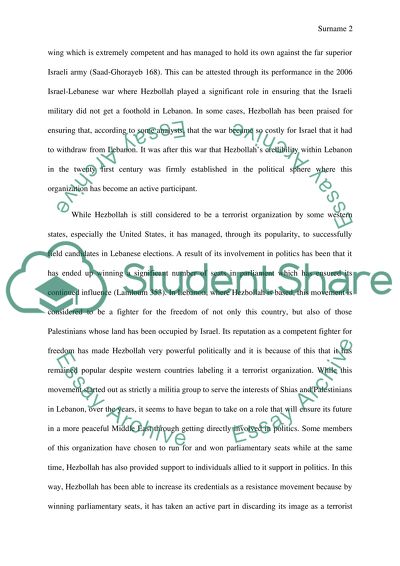Cite this document
(“Freedom Fighter or Terrorist Research Paper Example | Topics and Well Written Essays - 1500 words”, n.d.)
Retrieved from https://studentshare.org/anthropology/1662405-freedom-fighter-or-terrorist
Retrieved from https://studentshare.org/anthropology/1662405-freedom-fighter-or-terrorist
(Freedom Fighter or Terrorist Research Paper Example | Topics and Well Written Essays - 1500 Words)
https://studentshare.org/anthropology/1662405-freedom-fighter-or-terrorist.
https://studentshare.org/anthropology/1662405-freedom-fighter-or-terrorist.
“Freedom Fighter or Terrorist Research Paper Example | Topics and Well Written Essays - 1500 Words”, n.d. https://studentshare.org/anthropology/1662405-freedom-fighter-or-terrorist.


